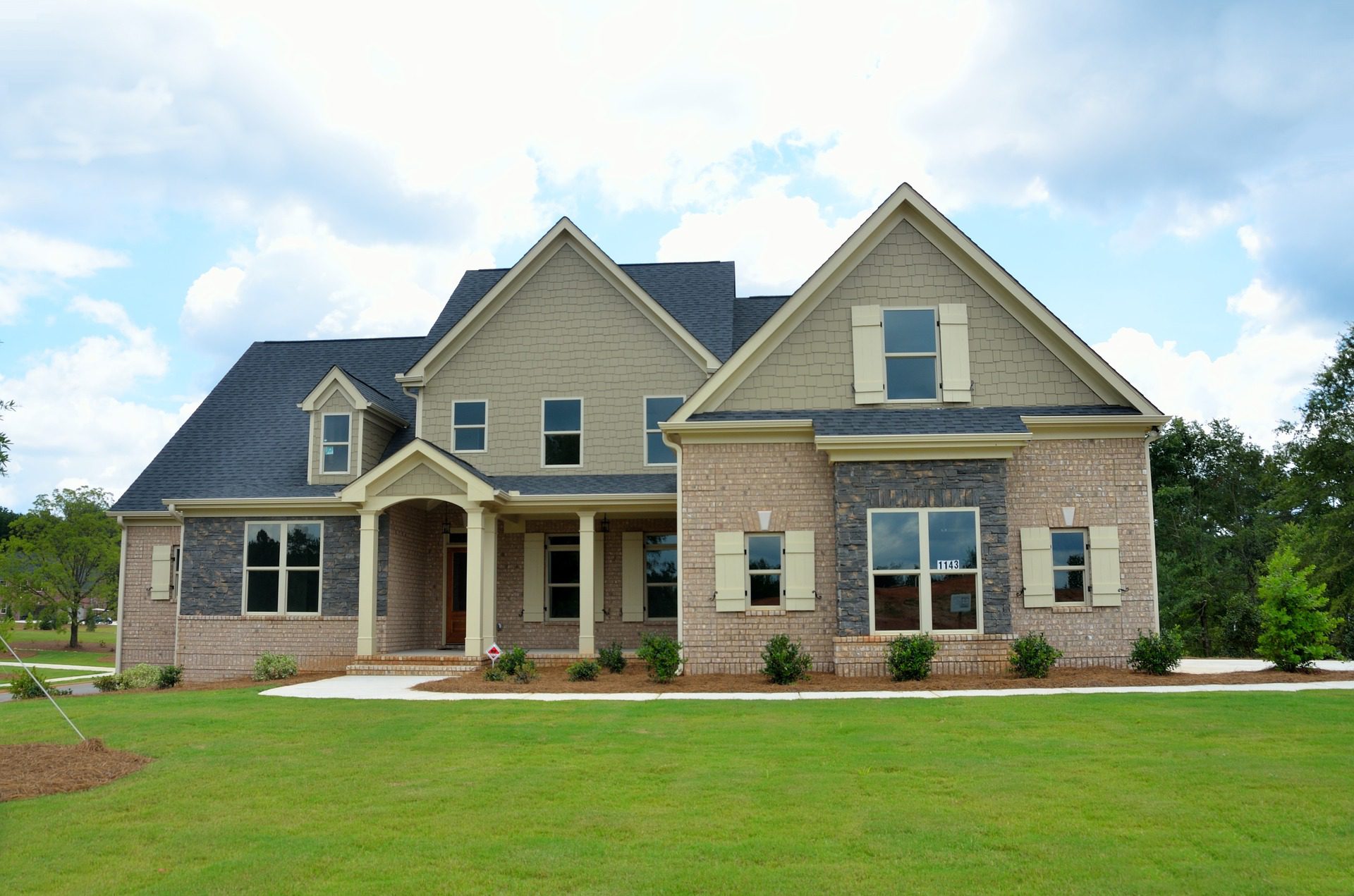Have you ever found yourself gazing upon a house, seeing not just what it is, but what it could be with a little tender loving care? If so, you’re probably curious about renovation loans. Understanding how renovation loans work can empower you to turn your dreams into reality by investing in a property and giving it a significant upgrade. We’ll also discuss the timeline after closing a deal, answering the common query, “how long after closing can you move in?”
How Do Home Renovation Loans Work?
A home renovation loan, often known as a home improvement loan, is a special type of financing that homeowners can use to make upgrades and repairs to their properties. But how does this financing product work? Essentially, a lender offers you a loan that covers the cost of your renovations on top of the initial property purchase price. This total sum is then paid back over time, similar to a traditional mortgage.
Renovation loans can be used for a wide range of improvements such as upgrading kitchens or bathrooms, adding additional rooms, landscaping, or even vital structural repairs. Most lenders will require a detailed proposal of the work to be done, including cost estimates from licensed professionals.
After the loan is approved and the home purchase has closed, you’re usually given a time frame (often 6 months to a year) to complete the renovations. Some lenders even establish a timeline, answering the question of “how long after closing can you move in?” It’s worth noting that the funds for the renovation are often placed in an escrow account and released to the contractors as the work is completed.
When Should You Consider a Home Renovation Loan?
There are many situations where a home renovation loan might be the perfect fit. If you’ve found a house in an ideal location, but it needs a lot of work, a renovation loan could be the tool that allows you to create your dream home. It’s also worth considering if you wish to increase your property’s value for a future sale or if you’re looking at a “fixer-upper” as an investment opportunity.
That said, it’s crucial to understand the risks involved. Renovation projects can often cost more and take longer than expected. Therefore, it’s always best to seek professional advice before proceeding.
Alternatives to a Home Renovation Loan
If a home renovation loan doesn’t seem like the right fit for you, don’t fret! There are other options for financing your property renovation dreams.
Home Financing Products
A common alternative to a renovation loan is a home equity loan or a home equity line of credit (HELOC). These types of loans allow homeowners to borrow against the equity they have built up in their homes. Interest rates for these types of loans can be lower than for renovation loans, but they do come with the risk of losing your home if you fail to make the repayments.
Other Mortgage Resources
Refinancing mortgage is another option. Refinancing can provide you with extra cash for renovations, and it may also allow you to benefit from lower interest rates. However, it’s important to remember that refinancing comes with costs, and it may extend the term of your loan.
In some cases, personal loans or even credit cards may be used for smaller renovation projects. These options generally offer quicker approval and fewer restrictions, but they often come with higher interest rates.
Does Renovation Loans good for me?
Renovation loans could be a valuable financial tool for you, but it depends on your circumstances. Suppose you are purchasing a property that requires substantial work, or you have a home and wish to make major improvements. In that case, a renovation loan may provide you with the capital necessary to complete those projects. However, like any financial decision, it is essential to evaluate the pros and cons, your financial situation, and your long-term goals before making a decision.
Advantages of Renovation Loans

Renovation loans come with several key advantages:
- Finance and Flexibility: Renovation loans give homeowners the opportunity to finance both the home purchase and the cost of improvements in a single loan. This reduces paperwork and can simplify the repayment process.
- Increased Home Value: By funding your home improvements, a renovation loan can help increase the property’s market value, which may be beneficial for future refinancing or selling.
- Low-Interest Rates: Typically, renovation loans have lower interest rates compared to other forms of credit like personal loans or credit cards.
- Flexibility in Improvement Choices: From essential repairs to aesthetic improvements, you generally have freedom in choosing the type of work to be done.
Disadvantages of Renovation Loans
On the flip side, renovation loans come with their fair share of drawbacks:
- High Monthly Payments: Since a renovation loan combines the cost of the home and improvements, this can result in higher monthly payments compared to a traditional mortgage.
- Longer Closing Time: Securing a renovation loan may lengthen the closing process because lenders need to consider the home’s projected post-renovation value.
- Additional Paperwork: As lenders often require detailed project plans and cost estimates, this can lead to more paperwork.
- Higher Loan Balance: As the loan covers both the house purchase and renovation costs, this could lead to a higher loan balance, potentially resulting in more interest paid over time.
Requirements for Renovation Loans
Renovation loans, like any other loan, have specific requirements that borrowers need to meet. They generally involve credit score, income and employment, property eligibility, and other factors.
Credit Score Requirements
Your credit score plays a crucial role in qualifying for a renovation loan. Generally, lenders look for credit score of at least 620-640. A higher credit score can help you secure better interest rates.
Income and Employment Requirements
Lenders will examine your income and employment history to ensure you can repay the loan. They typically look for a steady income and a stable job. They may ask for pay stubs, tax returns, and employment verification.
Property Eligibility
The property you intend to renovate must also meet certain criteria. These can vary depending on the lender and loan type. Some loans, for example, might only cover primary residences, while others may include investment properties.
Other Eligibility Factors
In addition to these, other factors may also play a role in loan eligibility, such as the nature and scope of the renovations, the projected post-renovation value of the home, and whether the work will be completed by a qualified contractor.
In conclusion, understanding the ins and outs of renovation loans can help you determine if this financial tool aligns with your home improvement goals and financial situation. It’s always beneficial to consult with a financial advisor or a knowledgeable real estate professional to make the best decision.
How to Apply for a Renovation Loan
Navigating the process of applying for a renovation loan can seem intimidating. However, breaking it down into a few simple steps can make it more manageable. Here’s a step-by-step guide to getting you started.
Find a Lender
The first step is to identify a lender who offers renovation loans. This could be a bank, credit union, or an online lender. Be sure to shop around, comparing interest rates, loan terms, and customer service ratings before making a decision.
Prepare for the Pre-Approval Process
Once you’ve chosen a lender, you’ll typically undergo a pre-approval process. This is where the lender will check your good credit score, income, and employment history to gauge your ability to repay the loan. They’ll also give you an estimate of how much you might be able to borrow. This is also the time when you should be ready to provide a clear idea of your renovation plans, including the types of improvements you intend to make and the estimated cost.
Submit Required Documentation
As part of the loan application process, the lender will require a variety of documents. These usually include tax returns, pay stubs, proof of employment, and a comprehensive plan for the renovation project, including contractor bids and materials cost estimates. You may also need to submit documentation about the property, such as a deed or mortgage statement.
Complete Your Renovation Loan Application
Finally, you’ll complete the official loan application. This typically involves providing additional information about yourself, your financial situation, and your property. The lender may also require a down payment at this stage, depending on your creditworthiness and the size of the loan.
Once the application is submitted, the lender will review it and conduct an appraisal of the property. If everything checks out, you’ll receive your loan agreement, detailing the terms and conditions, interest rate, and monthly payment. Be sure to read this agreement carefully before signing.
As an experienced professional in the mortgage loan and property market, Help individuals and families achieve their homeownership dreams. My mission is to simplify your real estate journey and secure the best possible outcomes in this ever-changing market.






